Editor's note: Mikkel Svane is CEO and co-founder of Zendesk. Zendesk is hosting a panel on the consumerization of the enterprise at their HQ in San Francisco on Tuesday, January 29. TechCrunch's Eric Eldon is moderating. Follow Mikkel on Twitter @mikkelsvane.
Dating used to be a lot harder before the Internet. Your access to information was limited by proximity effect, and your ways of communicating to people beyond who you already knew and who you were trying to get to know were few. You were restricted from true choice. Then the culture changed, and technology helped it. Today's dating world is transformed by both changes in culture and technology which lift many cultural barriers. When we talk about the "consumerization of the enterprise," similar changes have occurred.
When online dating, you can choose anyone you like to reach out to, for the most part. It's the same when selecting enterprise software.
There Are Lots Of Fish In The Sea
Maybe you like someone who's elegant – of few words? Perhaps you prefer a multi-tasker with a wild color scheme? Maybe you don't know what you like, or what's best suited to you?
Just like choosing someone to date, and knowing there are so many people in the world, there's an incredible variety of software products out there. But today, you have the power to choose whatever you like best, whatever's best suited to your needs. Previous barriers to your selection process (and ultimate happiness) have been lifted. You're free to discover a really great solution — a potential life partner — based on your own preferences, needs and philosophies.
It's becoming rarer by the day for someone to tell you what you must choose. In other words, there are fewer "arranged marriages" with respect to your software selection. In modern companies, rarely does someone from the IT department deliver you a piece of software that you don't like but are forced to use. The obstacles that used to restrict your ability to select the software you want — i.e. whom you can date — are becoming things of the past.
Today, real choice exists. You can find something that's truly amazing. End-users in your company — for example, your customer service team — can help you decide what software to use. After all, they're the ones using it. They're the ones taking the free trials and getting to know what's available on the market. End-users are now driving choices your organization makes about buying; it's not just a decision maker from on high who makes the call. (At least, not without major pushback.)
Never Go On Another Blind Date Again
But it's better than that. Just as you wouldn't want someone to tell you whom you should date, you don't want some outside authority to make a software choice for you. Now, the way you find your software can be organic. It can come from word-of-mouth recommendations.
Today, you don't get all your information from a research company and then go buy your software based only on that evaluation. No, the software you try first — the person you decide to ask for a first date — probably came to your attention from a very trusted source, like close friends.
Even if close friends make the suggestion to you but haven't yet made the introduction — setting up a classic blind date — there's no such thing as "blind" anymore.
Research is fundamentally changed, and information is everywhere. At Zendesk, 15 percent of our mid-market customers make buying decisions without the assistance of a salesperson. In other words, companies today make huge buying decisions based on their own research, following "unassisted" research patterns. They can get the information they want without needing the help of another party, i.e. the traditional intermediary role of sales.
This is true of dating, too. Even if friends set you up for a date but you haven't met the person, you still don't have to go into the experience "blind." The research tools available to you — Twitter, Instagram, Google — provide information you can use to make your choice, in addition to the advice of friends.
This means you're in control of the partner — and software — you choose.
Try Before You Buy
In dating, you can take someone out and get to know him or her first before deciding on another step. Similarly, today's software environment requires that pricing be extremely flexible so consumers can try something first, see how it works and fits into their business.
Many businesses, including Zendesk, have a free trial to start, and then offer various graded options as needs change, all for monthly subscription-based fees. You have the choice to add more features and functionality, and pay as you go. If you decide to upgrade, you do it when you're ready.
In dating parlance, you've decided to make the relationship "exclusive." It's about getting to know someone before making bigger commitments. The point is: you can try a software product and decide after spending time with it if it's the absolute best solution for you.
Txt me: u r on my mind <3
Dating today without mobile is unthinkable. Texting is a completely new platform for communication, for flirting, connecting and coming together. It's exciting knowing you can communicate at any time, anywhere. A map feature helps you get to the restaurant, and your GPS could let you know your date is nearby. In fact, many location-aware apps can be used for dating, and some dating services are apps only. With mobile, the information you need is always available, and it encourages more accessible interactions.
Likewise, mobile functionality is a top consideration for enterprise software. People are using different devices in many places, and they want access to all their information at all times.
Happily Ever After
It's the same revolution. In dating, traditional barriers to free choice changed as the culture changed. Suddenly, you could date whomever you wanted, if you could convince them to date you, and ultimately choose with whom to spend your time…and maybe your life. "Consumerization of the enterprise" means you're free in the same way. You can choose a software product, try it out, go at your own pace, and arrive at a solution that really works for you.
Consumerization of the enterprise, like dating in a brave new tech-enabled world, is the way to build beautiful relationships.
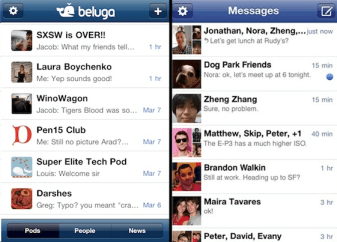 Beluga and GroupMe proved English-speaking markets wanted dedicated mobile messaging apps that could replace expensive SMS and let you communicate with multiple people at once. At the time Facebook offered mobile messaging, but it was buried in its bloated primary apps. It ended up
Beluga and GroupMe proved English-speaking markets wanted dedicated mobile messaging apps that could replace expensive SMS and let you communicate with multiple people at once. At the time Facebook offered mobile messaging, but it was buried in its bloated primary apps. It ended up 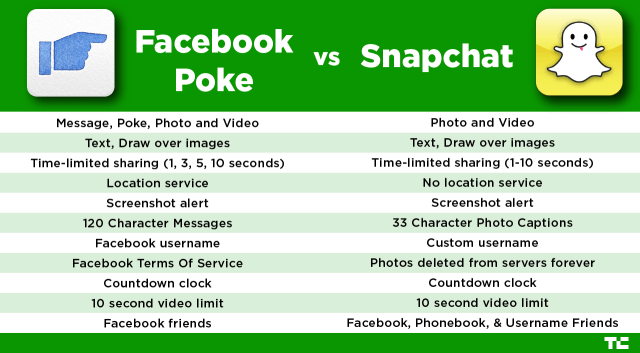








 Smith & Wollensky is a high-end steakhouse located in New York City but the next time you're visiting the Big Apple, it might not be your top choice for a fillet if you're searching for a restaurant through a popular reviews service like Yelp.
Smith & Wollensky is a high-end steakhouse located in New York City but the next time you're visiting the Big Apple, it might not be your top choice for a fillet if you're searching for a restaurant through a popular reviews service like Yelp.






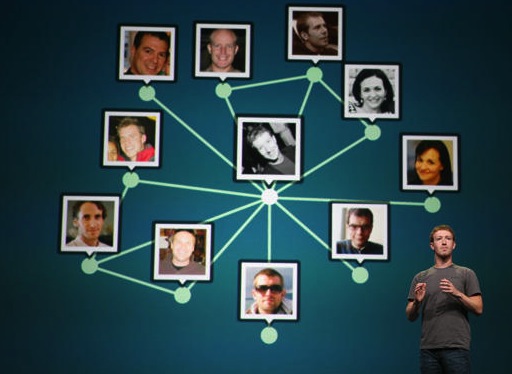
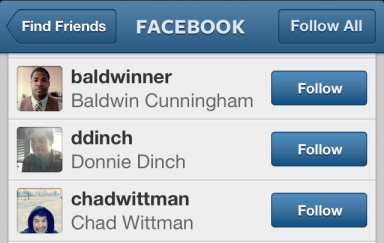 Facebook has offered Find Friends for years. But those were years when it was a web-based social network. It's more now, or at least it wants to be. Facebook hopes to host all the ways you communicate. That has pitted it against Apple, Google, and other companies in war for messaging that's only just heating up.
Facebook has offered Find Friends for years. But those were years when it was a web-based social network. It's more now, or at least it wants to be. Facebook hopes to host all the ways you communicate. That has pitted it against Apple, Google, and other companies in war for messaging that's only just heating up.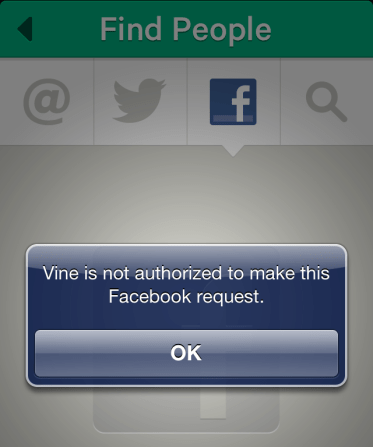


 If Australia wants to take a leadership position in the increasingly global and digital economy, corporations and corporate leaders must make changes to their business plans and direct their resources accordingly.
If Australia wants to take a leadership position in the increasingly global and digital economy, corporations and corporate leaders must make changes to their business plans and direct their resources accordingly. 

